 Categories
Categories 
Gemstones are the best-colored treasures we get from Mother Earth. The striking color of these stones has fascinated people all around the world. These are adorned as jewelry pieces, preserved as future investments, and more. In Vedic astrology, they are widely used to harness cosmic energy, with the help of which they can benefit physically, mentally, and spiritually. With the popularity of these stones emerging with time, identifying natural gemstones has become crucial. This is because the marketplace is flooded with synthetic and imitation products. Hence, the actual value of the stone is lost somehow. Though synthetic jewelry is a budget-friendly option, the importance of original gemstones still matters in astrology. Let's see how to identify gems for such purposes.

Natural gems are minerals obtained beneath the earth's surface. They are formed within the rocks, volcanoes, sediment layers, the earth's mantle, under the sea, and more. These are categorized as precious and semi-precious stones. Precious ones include emeralds, diamonds, sapphires, and rubies, whereas semi-precious ones are coral, opal, turquoise, hessonite, and more. Many factors are involved in why some are considered precious while others are not. Rarity, availability, and value are some of the aspects of differentiation. But both of these are considered natural. Natural gems can be enhanced or treated. This process increases their color and clarity. The value, however, is less than the original ones, but it is not considered synthetic or imitation.
Identifying gems is essential because of many factors. Firstly, the rarity and value of the original ones set them apart from the synthetic, fake, lab-created, and imitations. These are highly sought-after stones and often command higher prices. People looking for them are sometimes cheated in their names, so one should know how to identify natural gemstones. Secondly, original stones are obtained directly from the earth. In Indian astrology, it is believed that only natural Ratnas are beneficial. This is because they carry the energy that gives the optimum positive results. Thus, astrologers suggest individuals wear original gems only.
Now that we are aware of how important it is to know the originality of the ratnas, let's see how these can be identified:
Look for the stone's physical appearance, such as its color, clarity, tone, and saturation. If you want to know how to identify natural gemstones at home, observing the color is the best way. You must know the primary hue of a stone. For instance, the primary hue of ruby stone is red, and secondary overtones include pink, blue, purple, or orange. Observe the tone; it should be medium with high saturation. However, various synthetic red gemstones are available on the market that are sold as rubies. To differentiate between them, look for inclusions. If the stone contains imperfections, it is genuine. Emerald is one example that features type 3 inclusions. This means these inclusions are natural to them as they occur during the crystal formation. These are easily visible to the naked eye, so you can also spot them at home.
Analyzing the hardness is how you can check if the stone is real or fake. Real gems are hard, especially those that rank high on the Mohs hardness scale, like rubies, diamonds, and sapphires. If the stone can be scratched, it is softer and might be glass. Even for the identification of semi-precious stones, one should perform these tests. Though some of these gems are not hard enough, one should know all their characteristics. A gemstone identification chart is a great help as it allows you to get access to all the features, such as color, hardness, inclusions, and more.
This test is explicitly done for diamonds. In this test, the thermal conductivity of the genuine gems is observed. Natural diamonds are excellent conductors of heat due to their internal structure and composition. Thus, when subjected to heat, they disperse it quickly. They become heated, and you can feel them warm when touched. On the contrary, synthetic diamonds do not heat up.
Certificates from recognized gemological laboratories provide detailed information about a gem's physical characteristics, such as color, clarity, treatments, and origin. These certificates are important as they indicate whether the stone is genuine or not. Secondly, they also stress the quality of the ratna. Today, in the digital era, buying online has become a trend. Thus, gemstone identification online has become more important so that you are not being cheated. Certification in this context holds significance as it ensures that we have purchased the right product.
Research what you are looking for. Gemstone identification charts are also available online. You can read blogs and other content from which you can get information about the origin and treatment of the stone.
-You can use a magnifying glass or jeweler's loupe to visually inspect the stone. Focus on the color variation, inclusions, and transparency of the gem.
-Buy Original Ratnas from reputable gem dealers like Navratan. This is the best online platform where you can find gemstones. Look for the certificates while buying the stone, as they provide authenticity and are not fake.
-Seek advice from experienced gemologists to identify valuable gems.
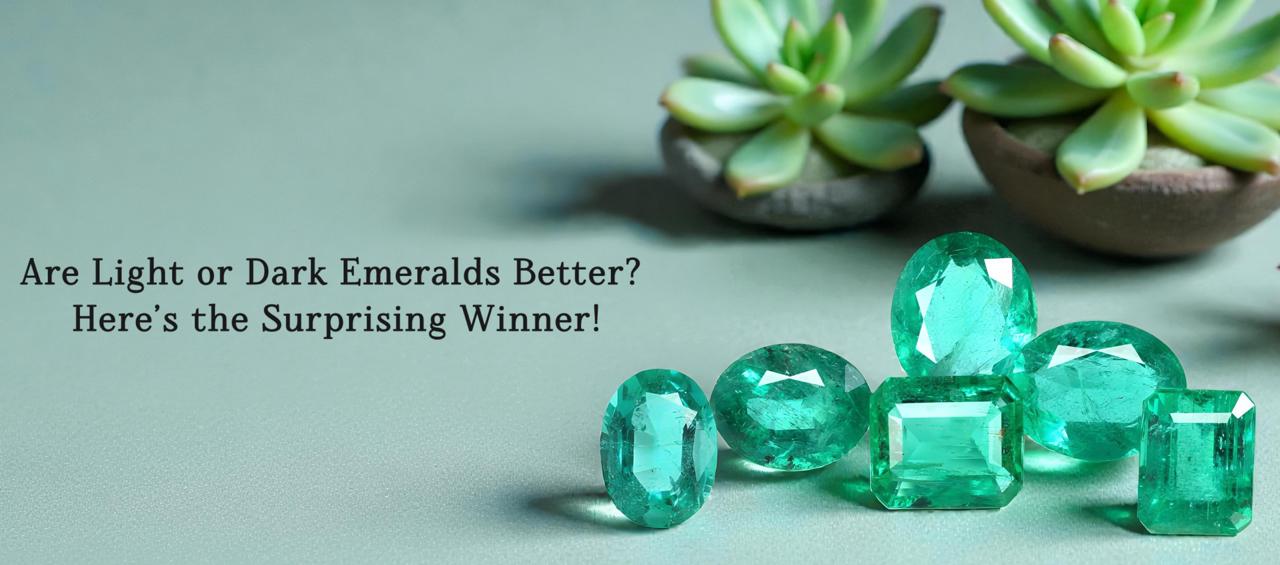
Are Light or Dark Emeralds Better? Here’s the Surprising Winner
December 24th, 2025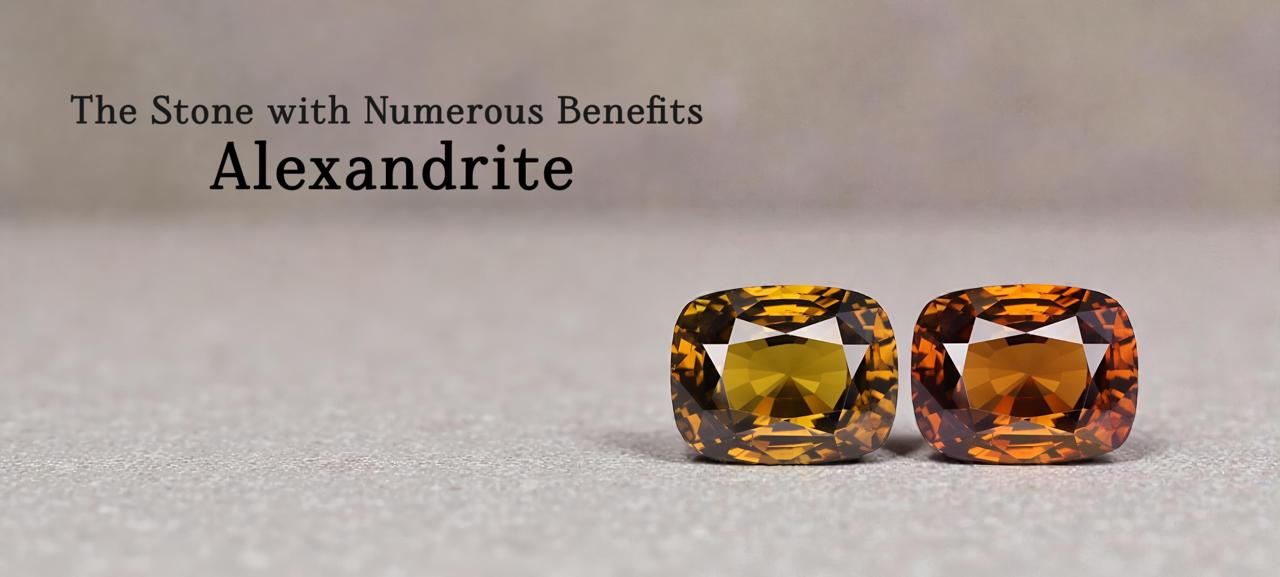
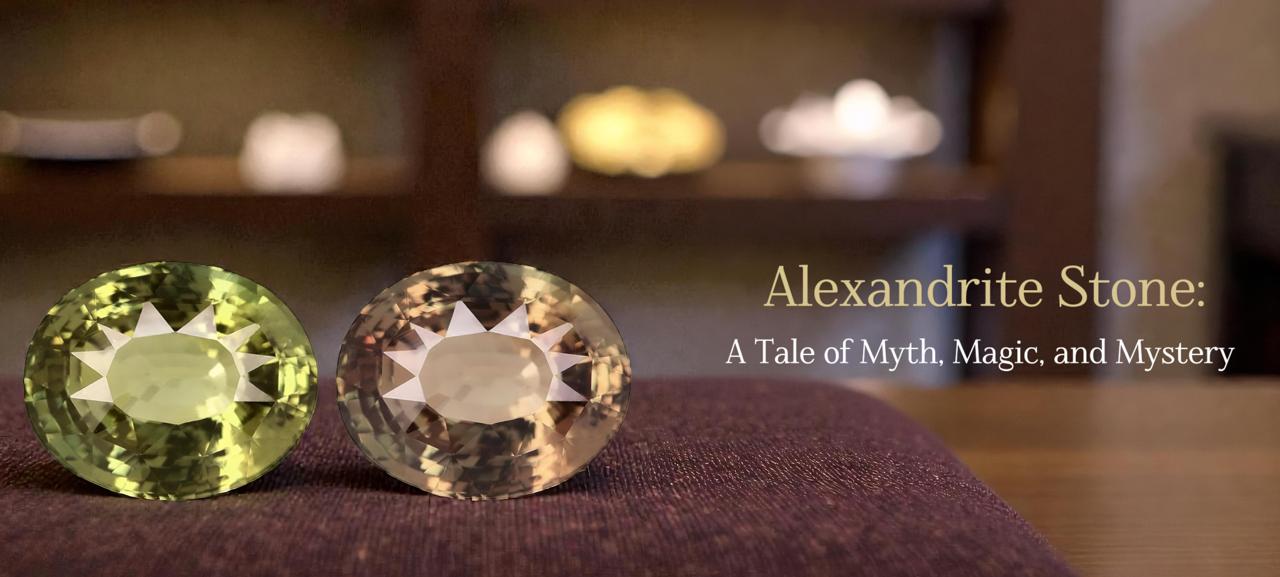
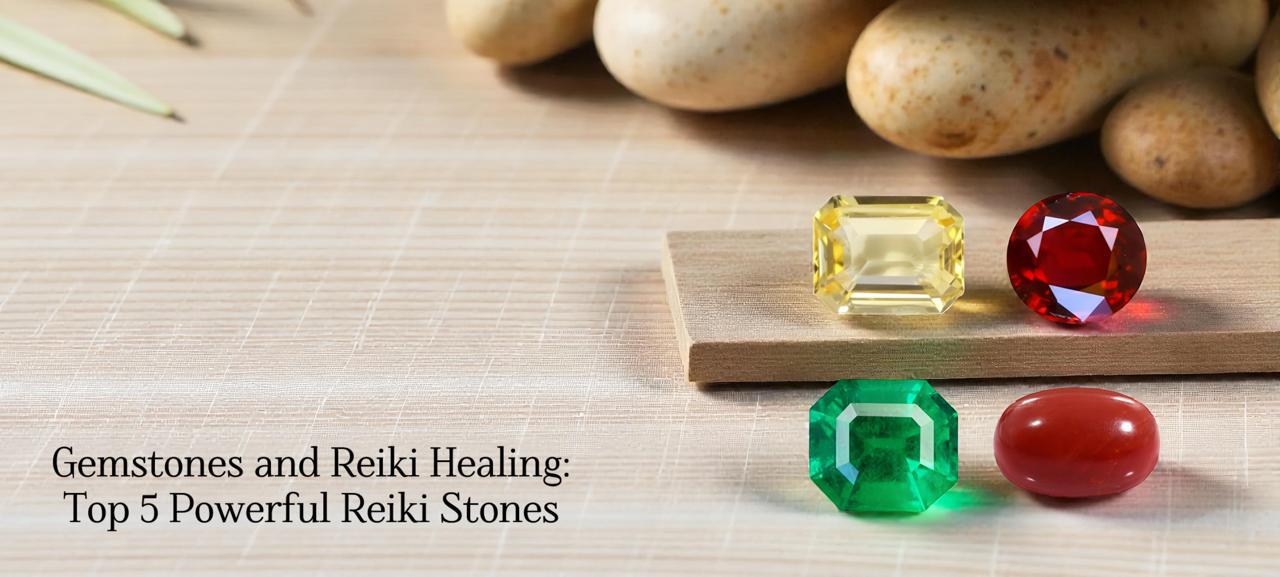
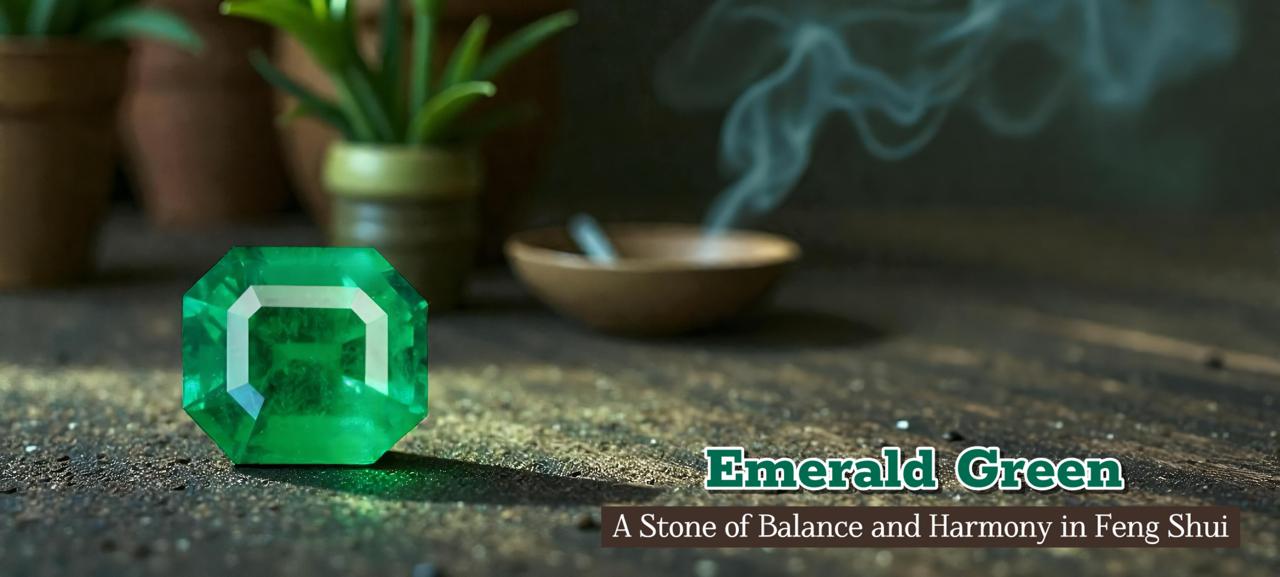
Emerald Green: A Powerful Feng Shui Stone for Balance and Harmony
December 15th, 2025